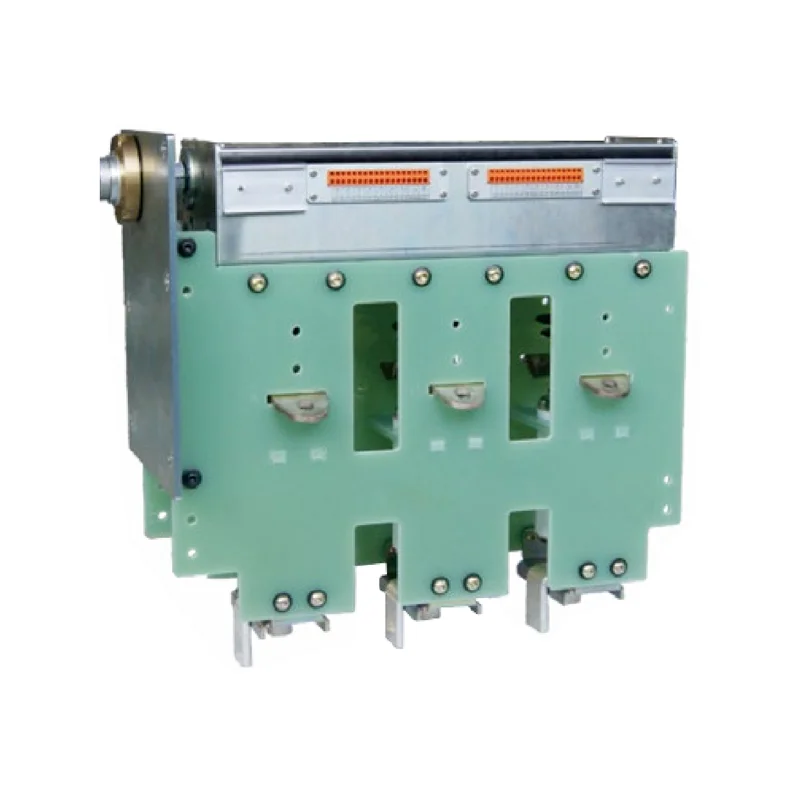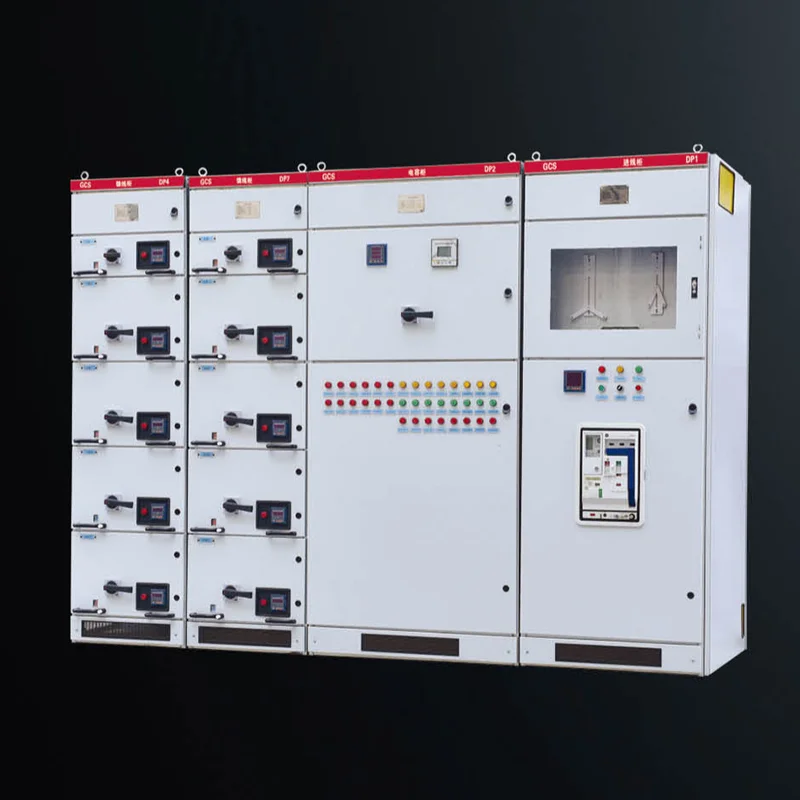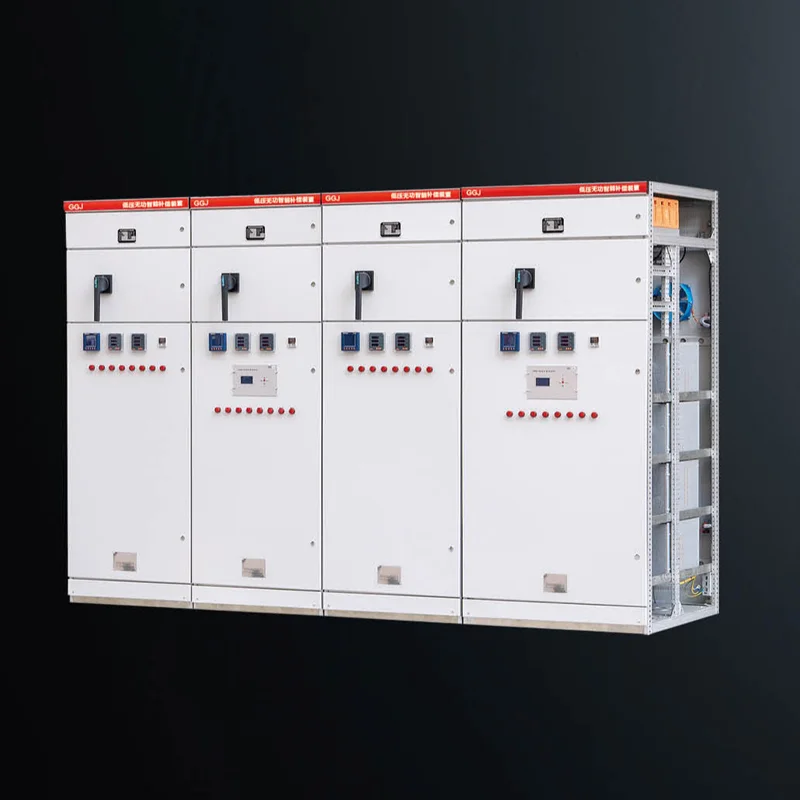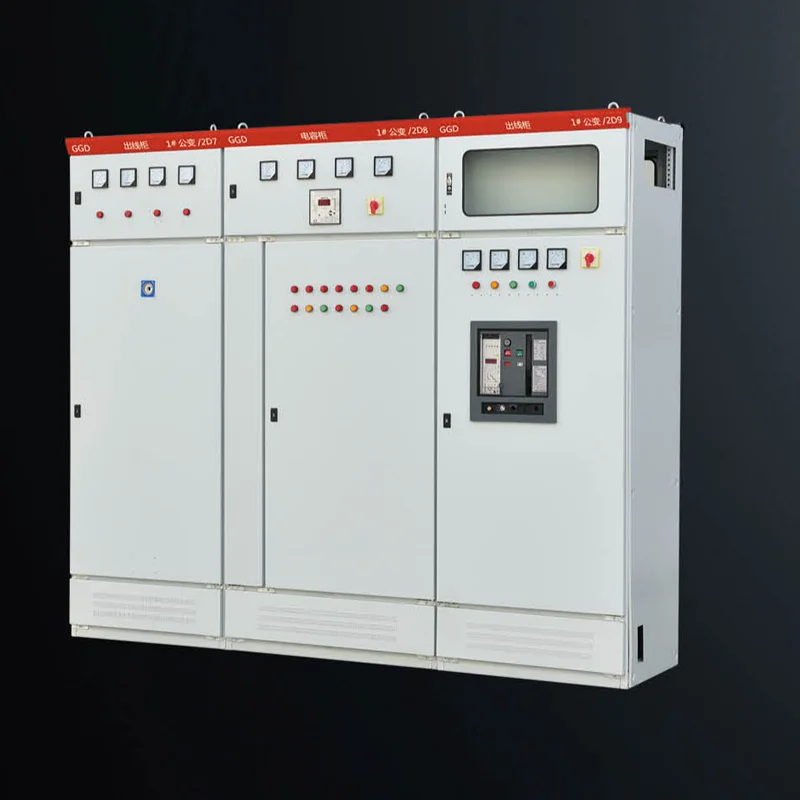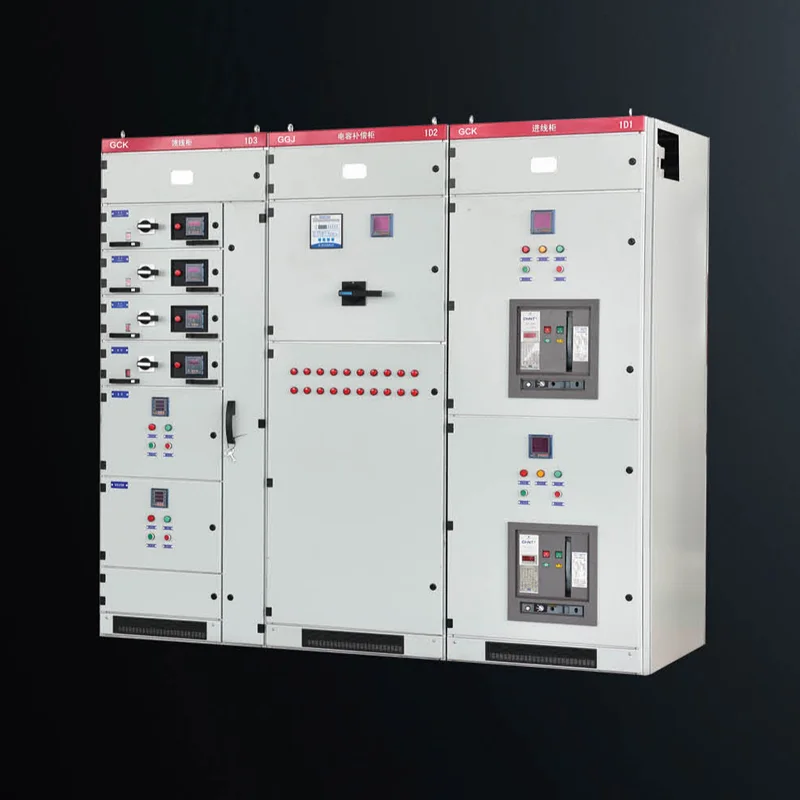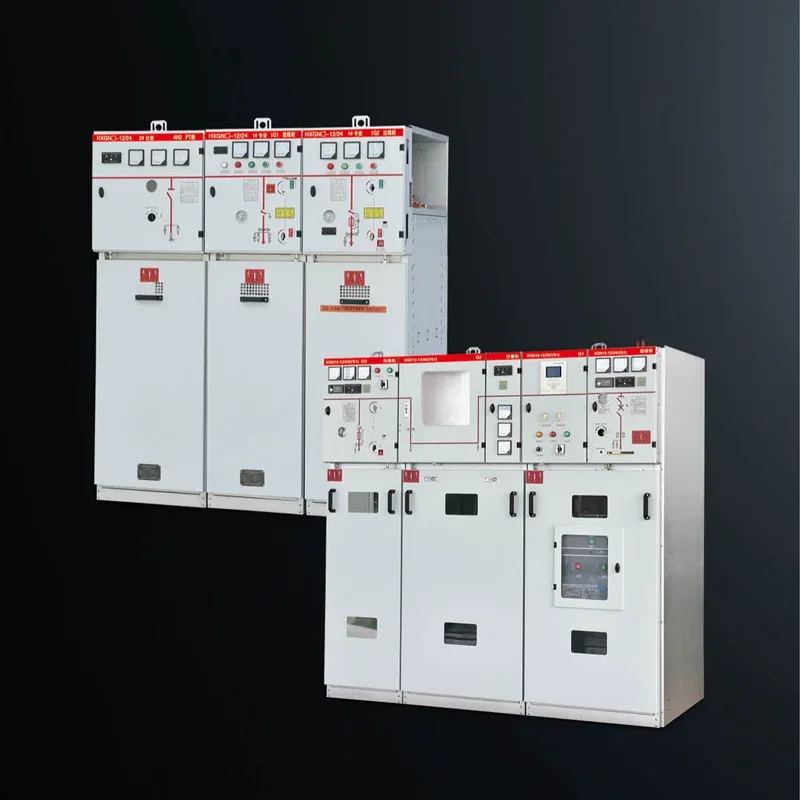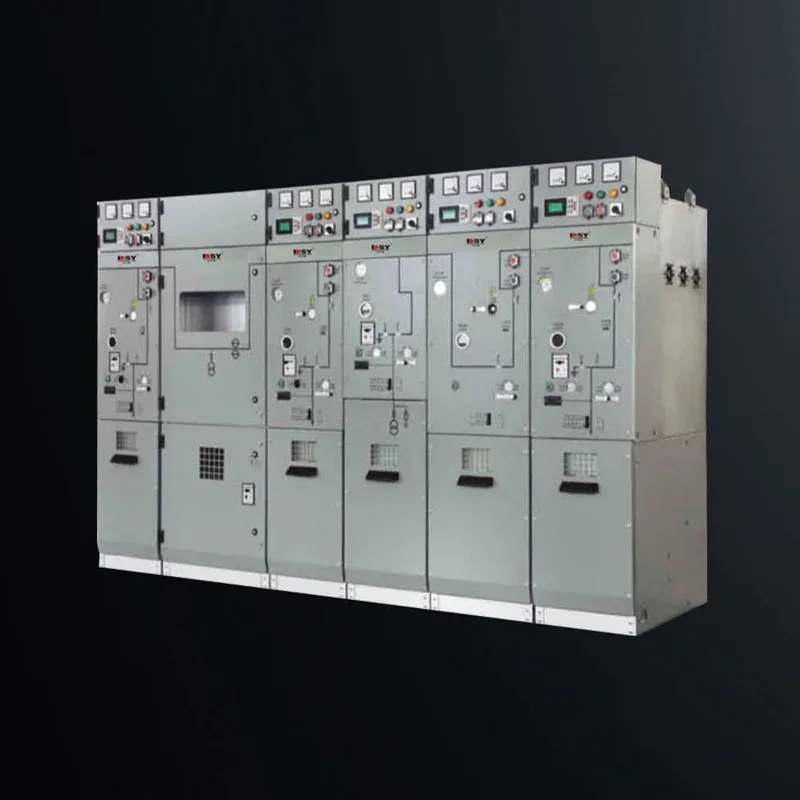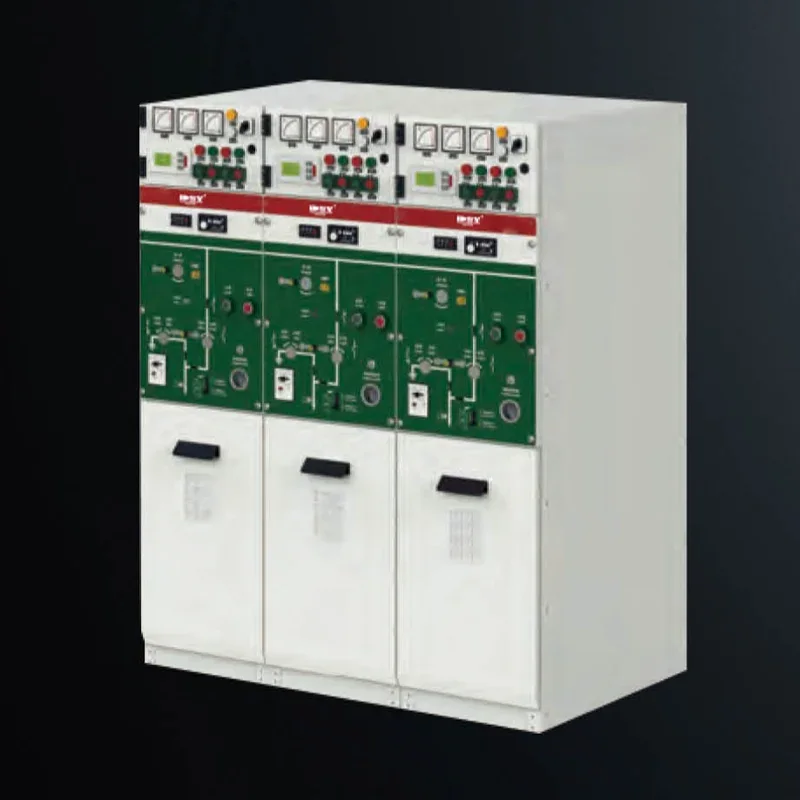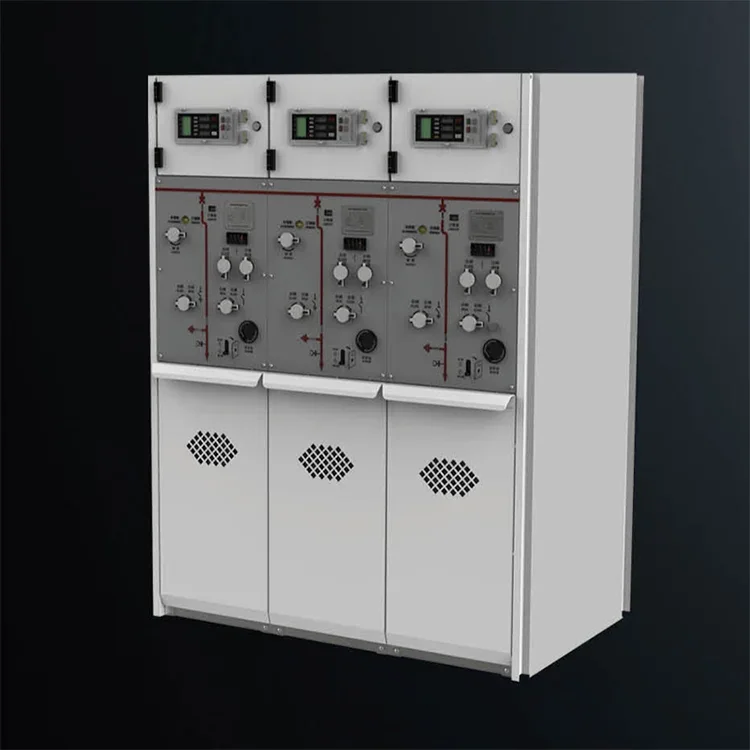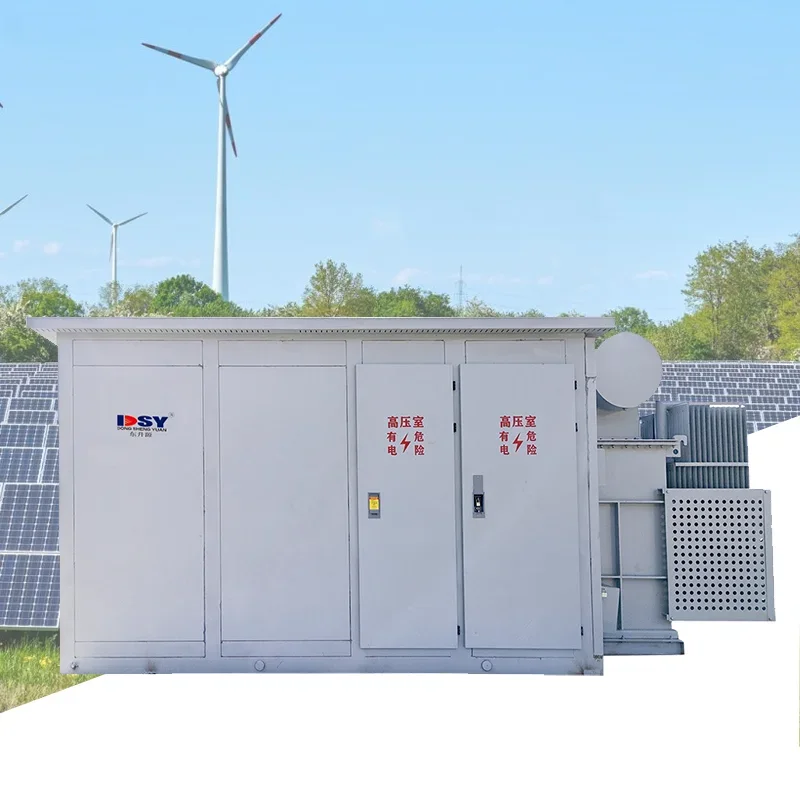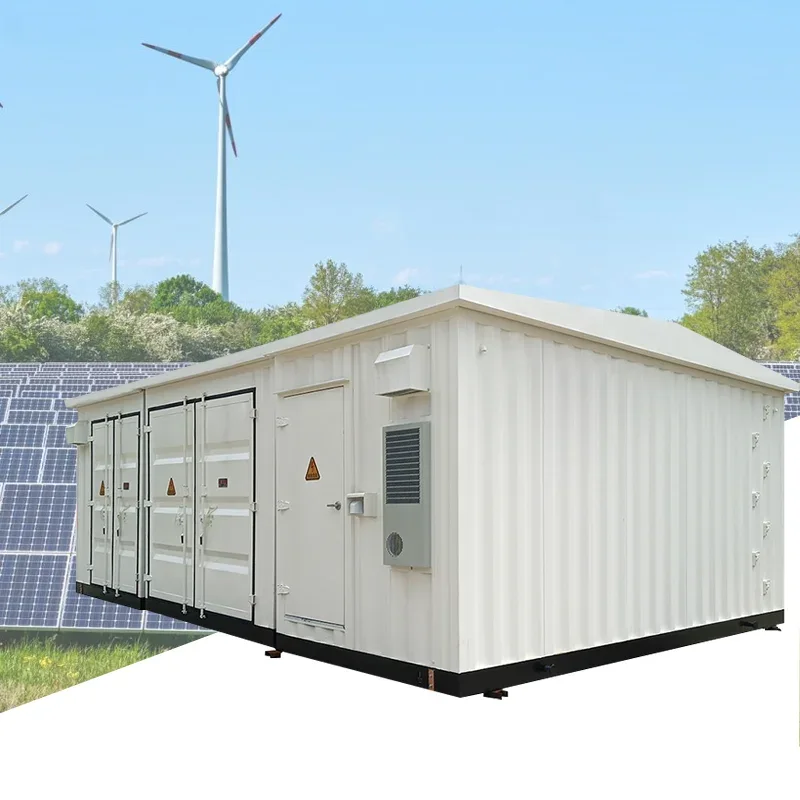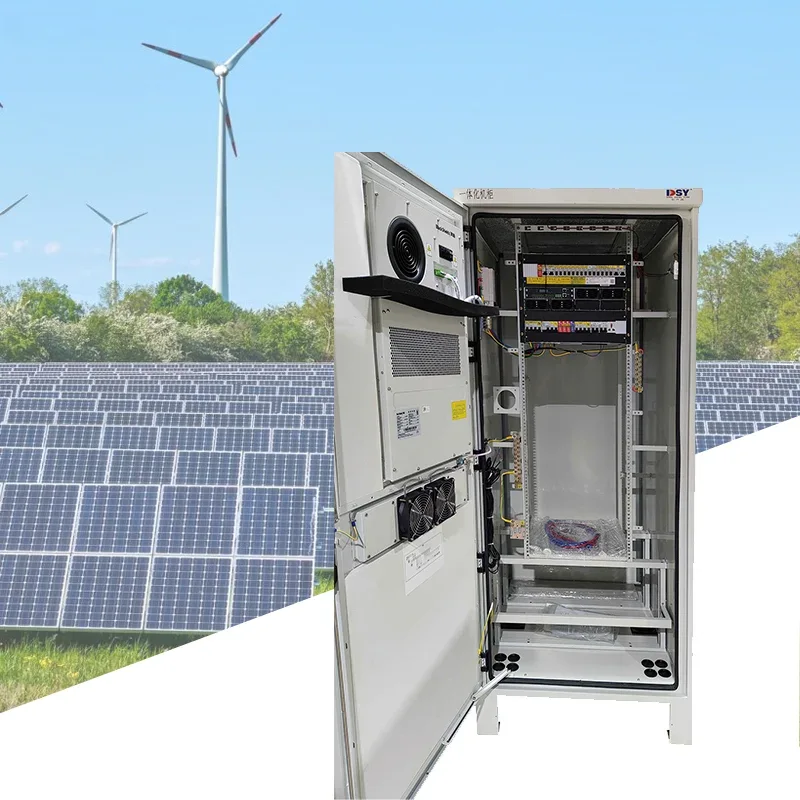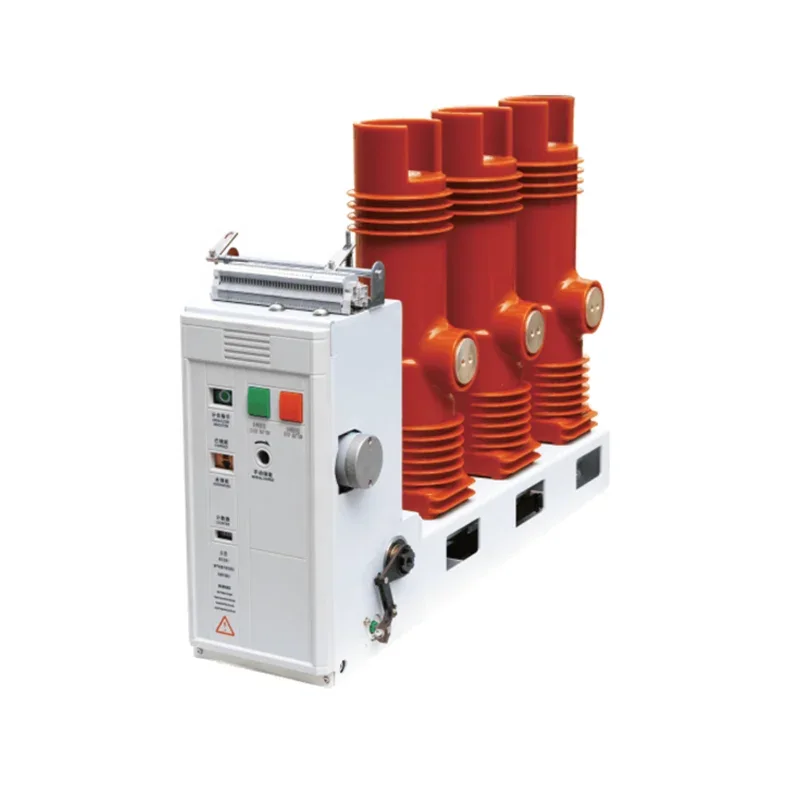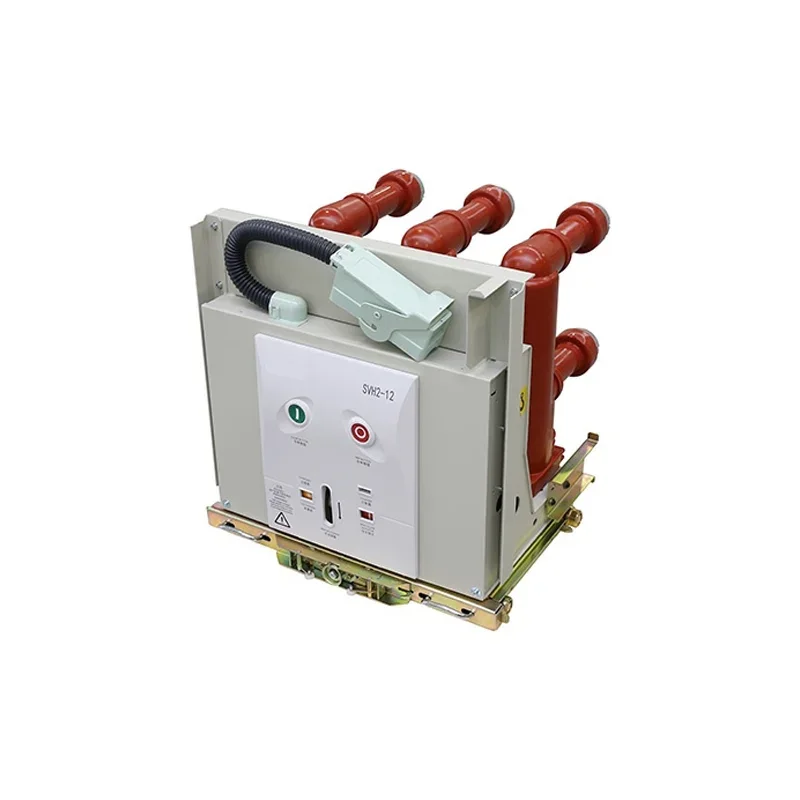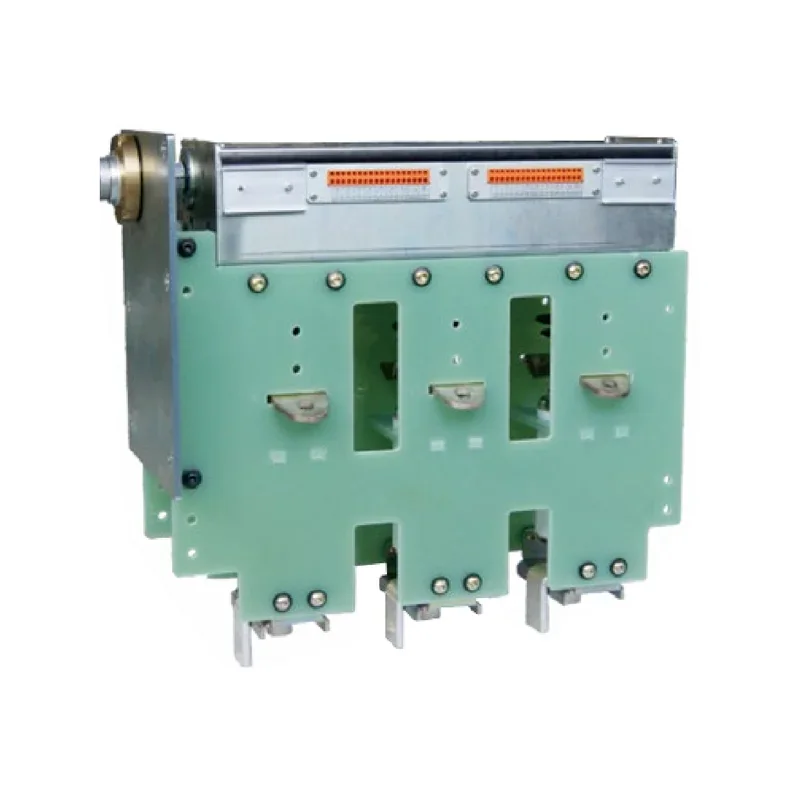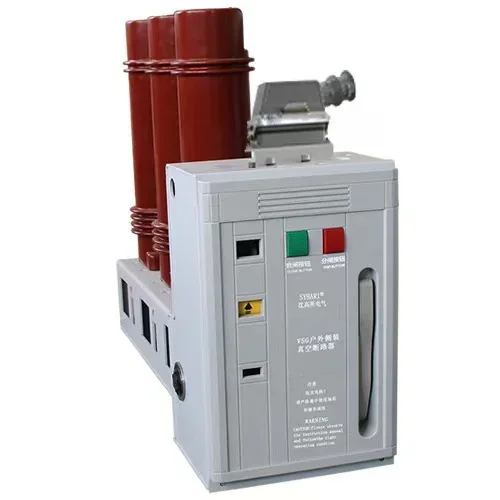The Crucial Role of Ring Main Unit Switchgear in Modern Network Infrastructure
The Crucial Role of Ring Main Unit Switchgear in Modern Network Infrastructure Table of Contents 1. Introduction to Ring Main Unit Switchgear 2. Understanding Network Infrastructure 3. Key Features of Ring Main Unit Switchgear 3.1 Compact Design and Versatility 3.2 Enhanced Safety Mechanisms 3.3 Reliable Performance in Various Conditions 4. The Importance of Ring Main Unit Switchge
Aug 08,2025
The Crucial Role of Ring Main Unit Switchgear in Modern Network Infrastructure
Table of Contents
1. Introduction to Ring Main Unit Switchgear
2. Understanding Network Infrastructure
3. Key Features of Ring Main Unit Switchgear
3.1 Compact Design and Versatility
3.2 Enhanced Safety Mechanisms
3.3 Reliable Performance in Various Conditions
4. The Importance of Ring Main Unit Switchgear in Power Distribution
4.1 Efficient Load Management
4.2 Minimizing Downtime and Interruptions
5. Applications of Ring Main Unit Switchgear
5.1 Urban Infrastructure
5.2 Industrial Applications
6. Benefits of Integrating Ring Main Unit Switchgear into Network Systems
7. Future Trends in Network Infrastructure and Switchgear Technology
8. Frequently Asked Questions (FAQs)
9. Conclusion
1. Introduction to Ring Main Unit Switchgear
Ring Main Unit (RMU) switchgear is a crucial component in modern electrical distribution systems. Designed to manage power efficiently, RMUs facilitate the reliable delivery of electricity in various environments. Understanding the significance of RMUs in today's network infrastructure is essential for professionals in the field. These units not only enhance operational reliability but also contribute significantly to power management strategies across multiple sectors.
2. Understanding Network Infrastructure
Network infrastructure refers to the interconnected elements that enable communication and power distribution within various systems. This includes hardware components like routers, switches, and, notably, switchgear such as RMUs. The efficiency and reliability of network infrastructure depend heavily on the quality and functionality of its components. As demands for power increase, the role of sophisticated technologies like RMUs becomes increasingly vital.
3. Key Features of Ring Main Unit Switchgear
To fully appreciate the role of RMUs, we must delve into the features that set them apart from traditional switchgear.
3.1 Compact Design and Versatility
One of the most notable features of RMUs is their compact design, which allows them to fit into limited spaces without compromising functionality. This versatility makes them ideal for urban environments where space is at a premium. Their modular nature enables easy upgrades and expansions, facilitating a future-proof network infrastructure.
3.2 Enhanced Safety Mechanisms
Safety is paramount in any electrical system, and RMUs are designed with advanced safety features. These units come equipped with protection against overloads, short circuits, and electrical faults. The incorporation of automated safety mechanisms ensures that the system can isolate faults without affecting the entire network, maintaining operational integrity.
3.3 Reliable Performance in Various Conditions
RMUs are engineered to operate efficiently in various environmental conditions. Whether in extreme temperatures or high humidity, these units maintain performance levels, ensuring continuous power distribution. This reliability is crucial for industries that rely on uninterrupted power supply, such as telecommunications and manufacturing.
4. The Importance of Ring Main Unit Switchgear in Power Distribution
RMUs play a critical role in the efficient distribution of power across networks. Their design and functionality enhance operational reliability and support effective load management.
4.1 Efficient Load Management
The ability of RMUs to manage loads effectively is one of their standout features. By distributing power evenly across different circuits, these units prevent overloads and ensure that all connected devices receive the necessary power. This efficiency is particularly beneficial in industrial settings, where high energy demands are common.
4.2 Minimizing Downtime and Interruptions
In today's fast-paced digital world, minimizing downtime is essential for maintaining productivity. RMUs contribute significantly to this goal by offering rapid fault detection and isolation capabilities. Their design allows for quick repairs and maintenance, reducing the time that systems are offline and enhancing overall operational efficiency.
5. Applications of Ring Main Unit Switchgear
RMUs are used across various industries and settings, showcasing their versatility and reliability.
5.1 Urban Infrastructure
In urban settings, RMUs are often deployed in substations and distribution networks to manage electricity supply effectively. Their compact design allows for easy installation in densely populated areas, ensuring that power distribution remains efficient and reliable.
5.2 Industrial Applications
Industries such as manufacturing and telecommunications rely heavily on RMUs. These units facilitate efficient power distribution, ensuring that machinery and equipment operate smoothly. The robust safety features inherent in RMUs also protect valuable industrial assets from electrical faults.
6. Benefits of Integrating Ring Main Unit Switchgear into Network Systems
Integrating RMUs into network systems offers a range of benefits:
- **Improved Safety**: With advanced safety features, RMUs enhance the overall safety of electrical systems, reducing the risk of accidents and damage.
- **Cost-Effectiveness**: The efficiency of RMUs leads to lower operational costs over time, as they minimize energy losses and downtime.
- **Future-Proofing**: The modularity of RMUs allows for easy upgrades, ensuring that systems can adapt to future demands without significant overhauls.
7. Future Trends in Network Infrastructure and Switchgear Technology
As technology continues to evolve, the future of network infrastructure and RMUs looks promising. Innovations such as smart grid technology will likely enhance the capabilities of RMUs, allowing for even greater efficiency and reliability. Additionally, the integration of IoT (Internet of Things) with RMUs can lead to improved monitoring and management of electrical systems.
8. Frequently Asked Questions (FAQs)
**Q1: What is a Ring Main Unit (RMU)?**
A Ring Main Unit is a type of switchgear that manages and distributes electrical power in a safe and efficient manner. It is designed to function in various environments and is commonly used in urban and industrial applications.
**Q2: How does an RMU improve network reliability?**
RMUs enhance network reliability by providing rapid fault detection, isolation, and efficient load management. This minimizes downtime and ensures a continuous power supply.
**Q3: Where are RMUs commonly used?**
RMUs are widely used in urban infrastructure, industrial applications, substations, and distribution networks, among other settings.
**Q4: What safety features do RMUs typically have?**
RMUs are equipped with advanced safety mechanisms, such as overload and short-circuit protection, which help isolate faults and maintain operational safety.
**Q5: How do RMUs contribute to cost savings?**
By improving energy efficiency and minimizing downtime, RMUs help reduce operational costs in the long run, making them a cost-effective solution for power distribution.
9. Conclusion
The role of Ring Main Unit switchgear in modern network infrastructure cannot be overstated. With their compact design, enhanced safety features, and reliable performance, RMUs are crucial for efficient power distribution. As industries continue to evolve, the integration of RMUs will play a pivotal role in meeting the demands of modern electrical systems. Embracing this technology not only enhances operational reliability but also contributes significantly to the overall efficiency of network infrastructure.
PREVIOUS:
Related News
From June 5th to 8th, 2025, Shenzhen Dongshengyuan Electrical Equipment Co., Ltd. (hereinafter referred to as "Dongshengyuan Electric") participated in the Southeast Asia Electricity and Energy Exhibition (SEAPAE) held in Jakarta, Indonesia. During the exhibition, the company highlighted its three core product lines: high-voltage and low-voltage distribution switchgear, intelligent circuit breakers, and environmentally friendly load switches. These products are designed to provide targeted solutions for the high temperature and high humidity environments commonly found in Southeast Asia, as well as the growing demand for new energy access. They have successfully attracted over 200 industry customers for business negotiations.
The difference between circuit breakers and vacuum circuit breakers
Circuit breaker is an abbreviation for pole type circuit breaker. Circuit breakers are also vacuum circuit breakers

